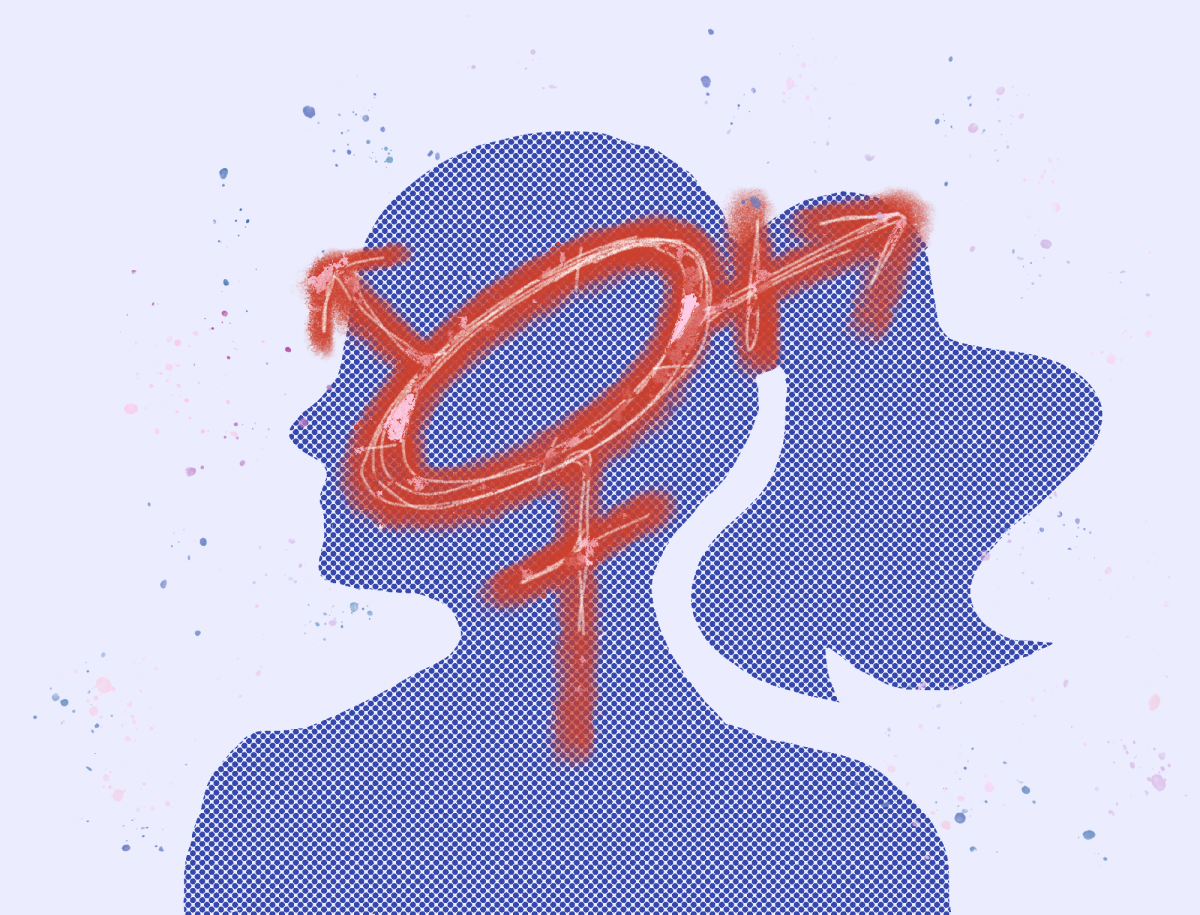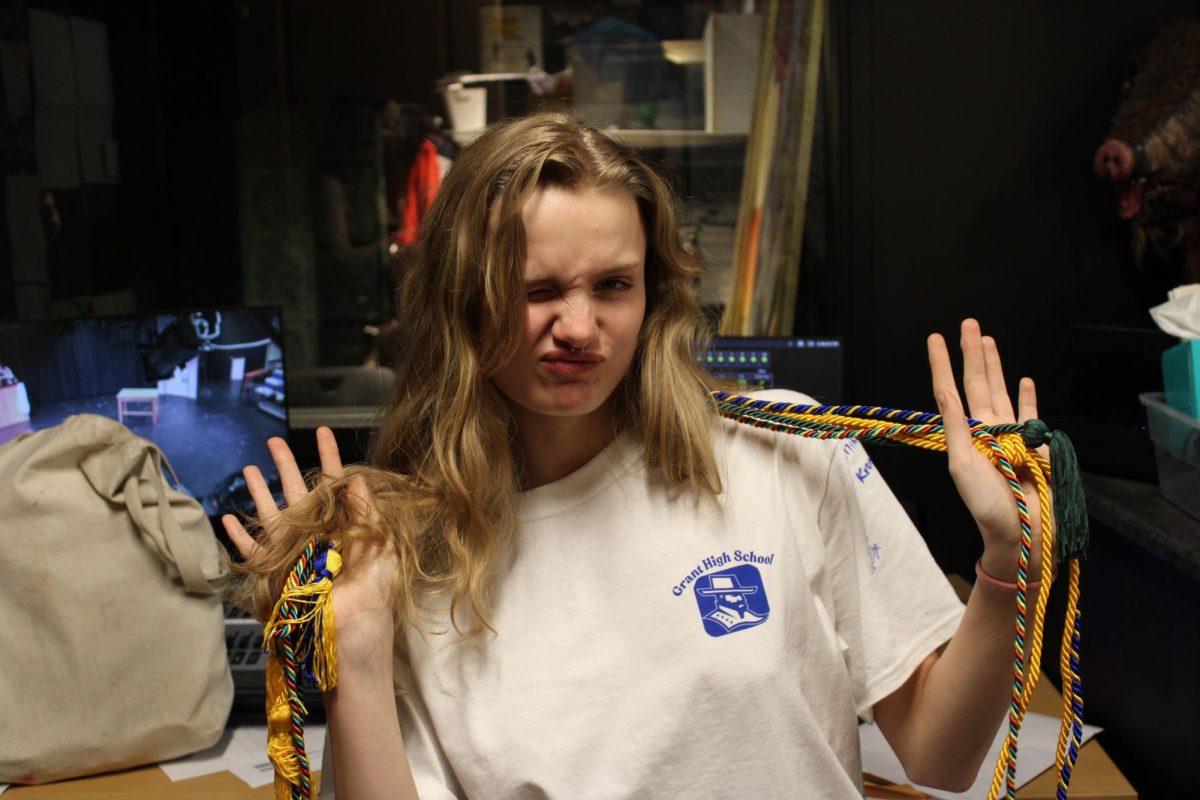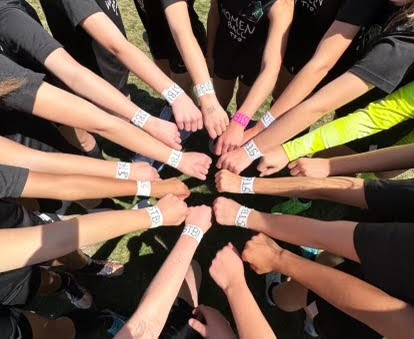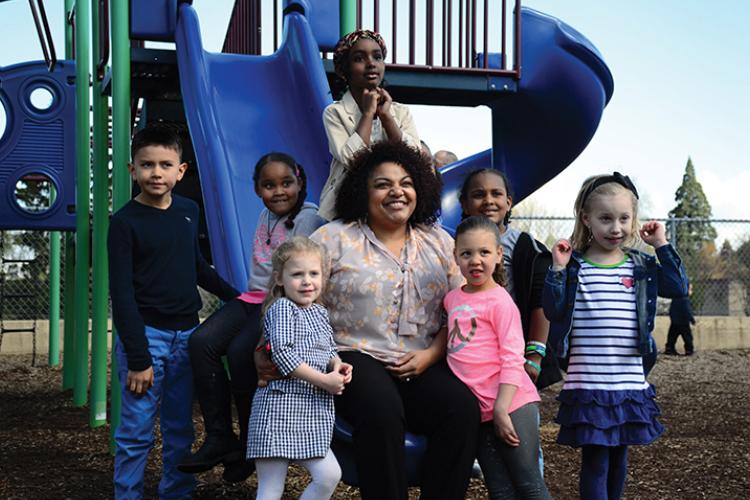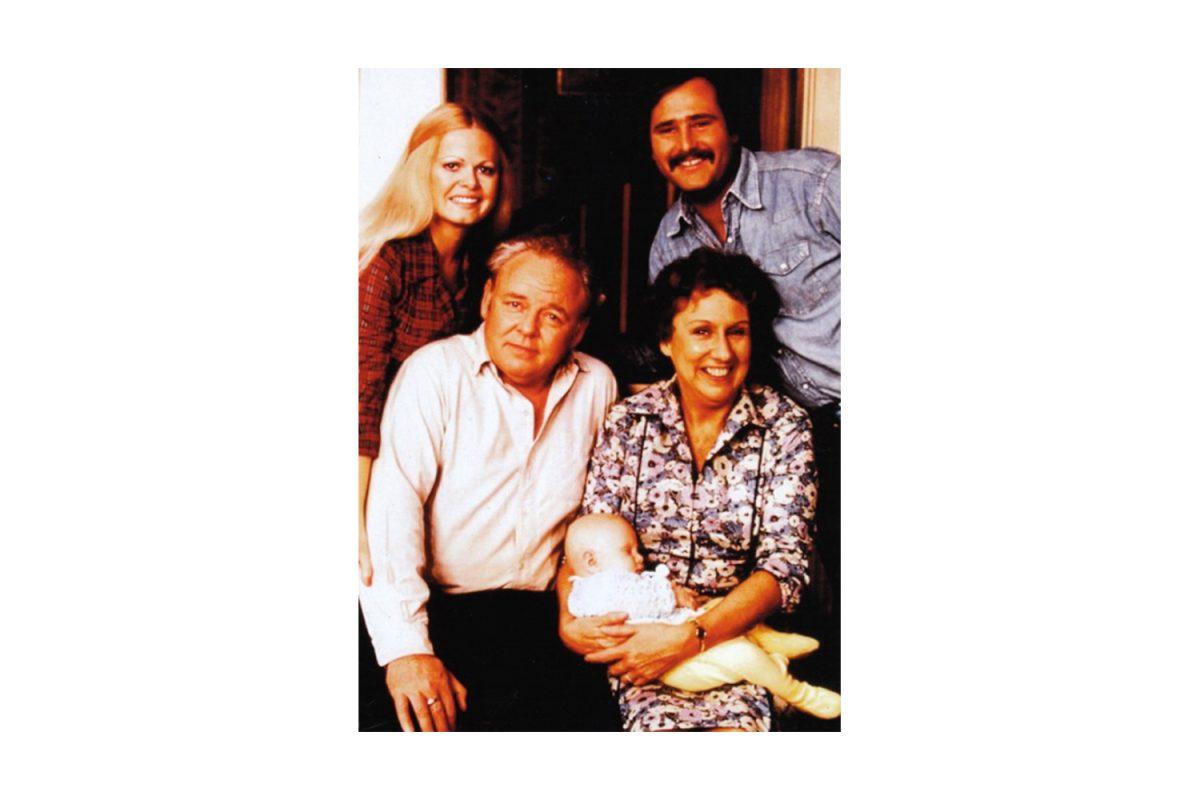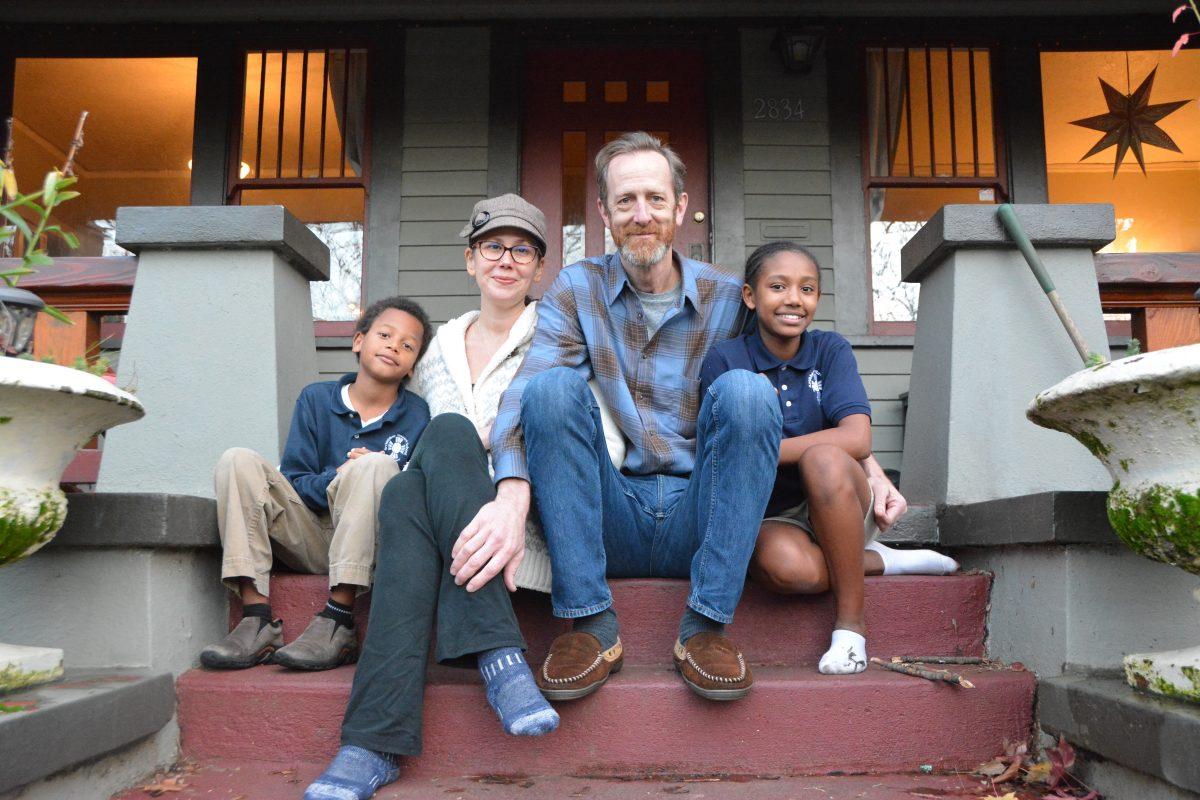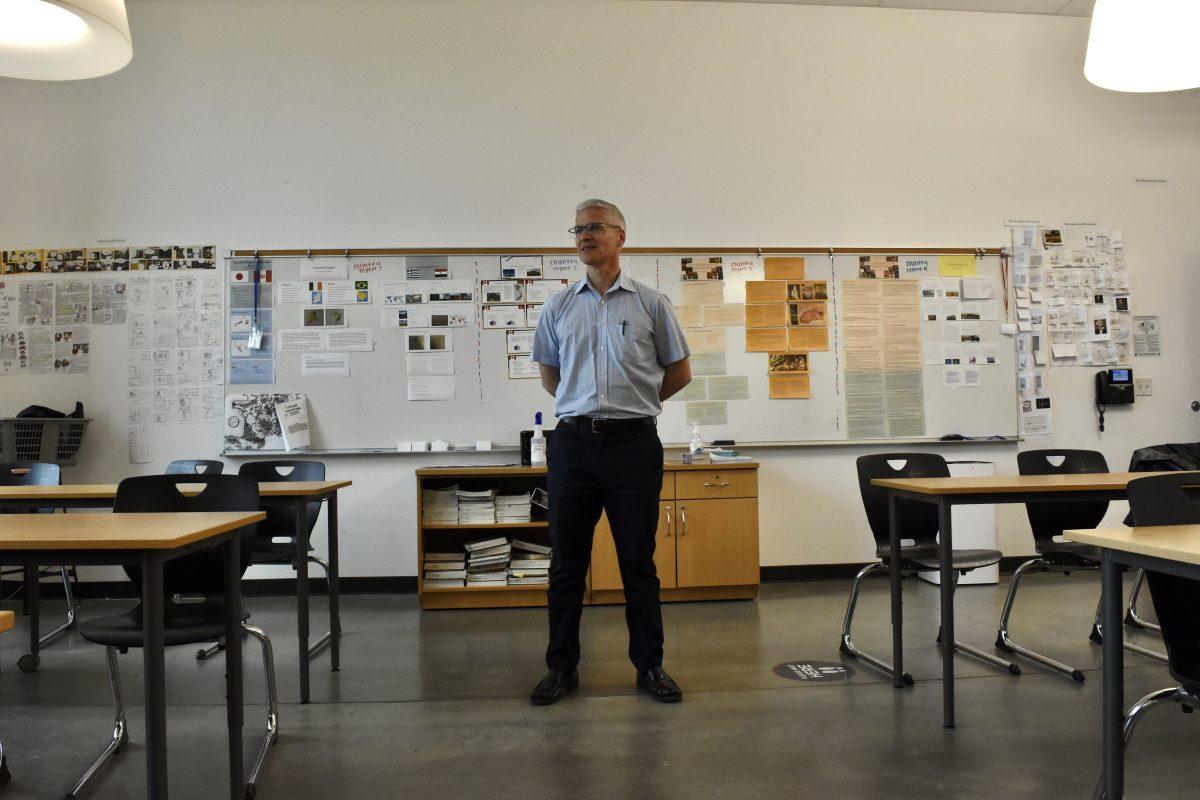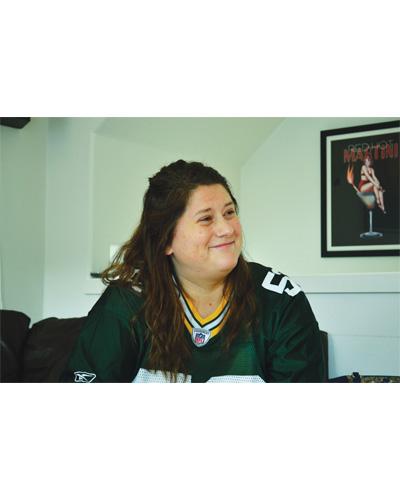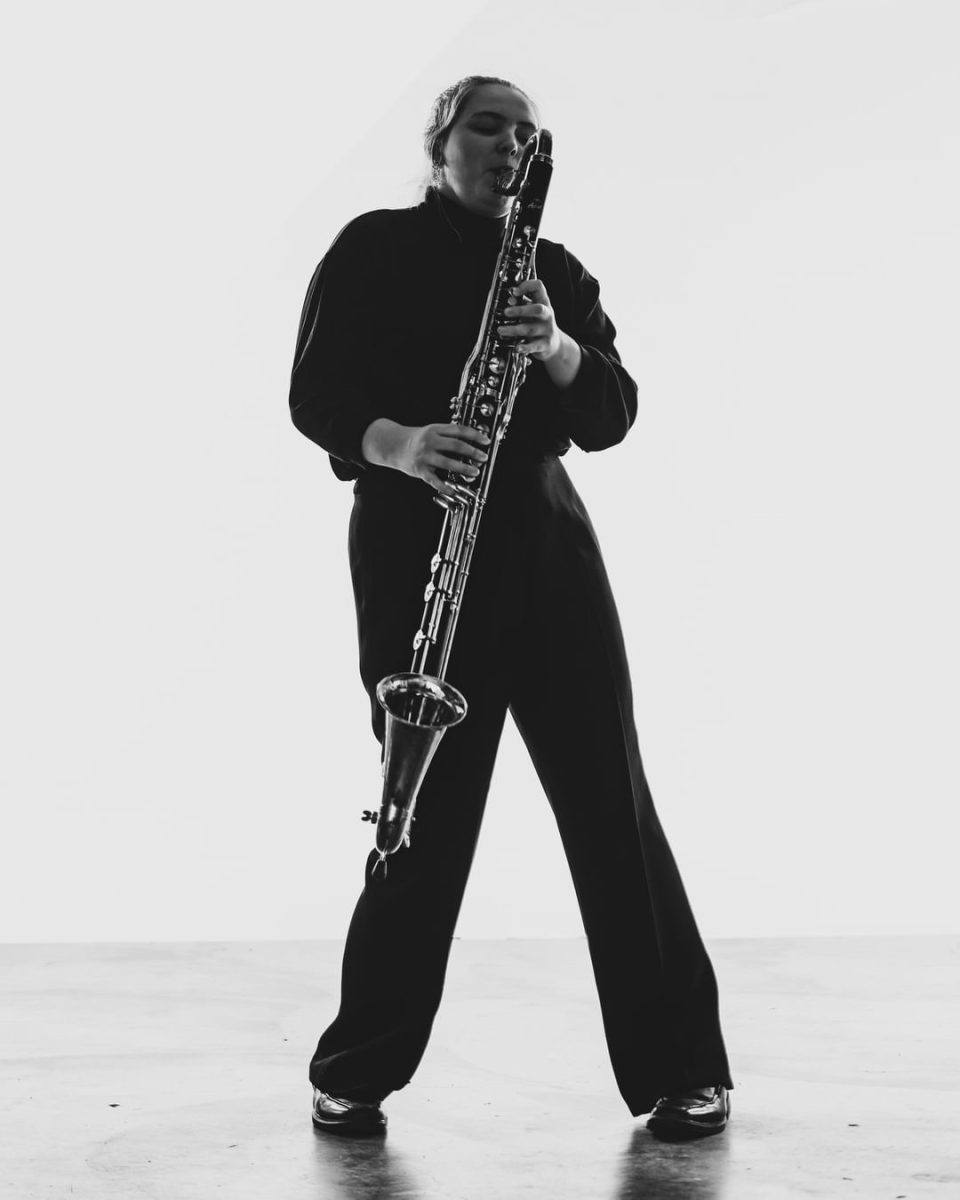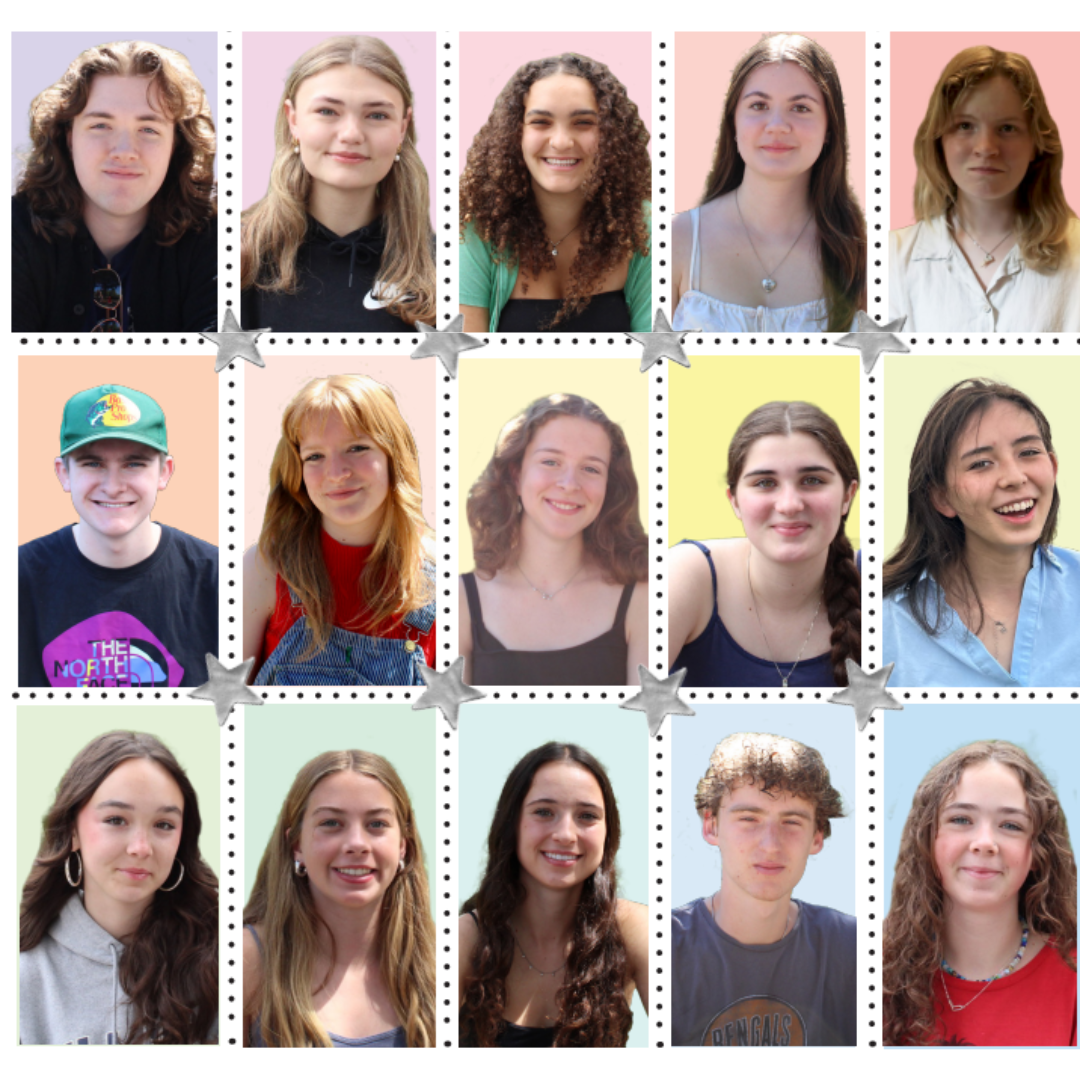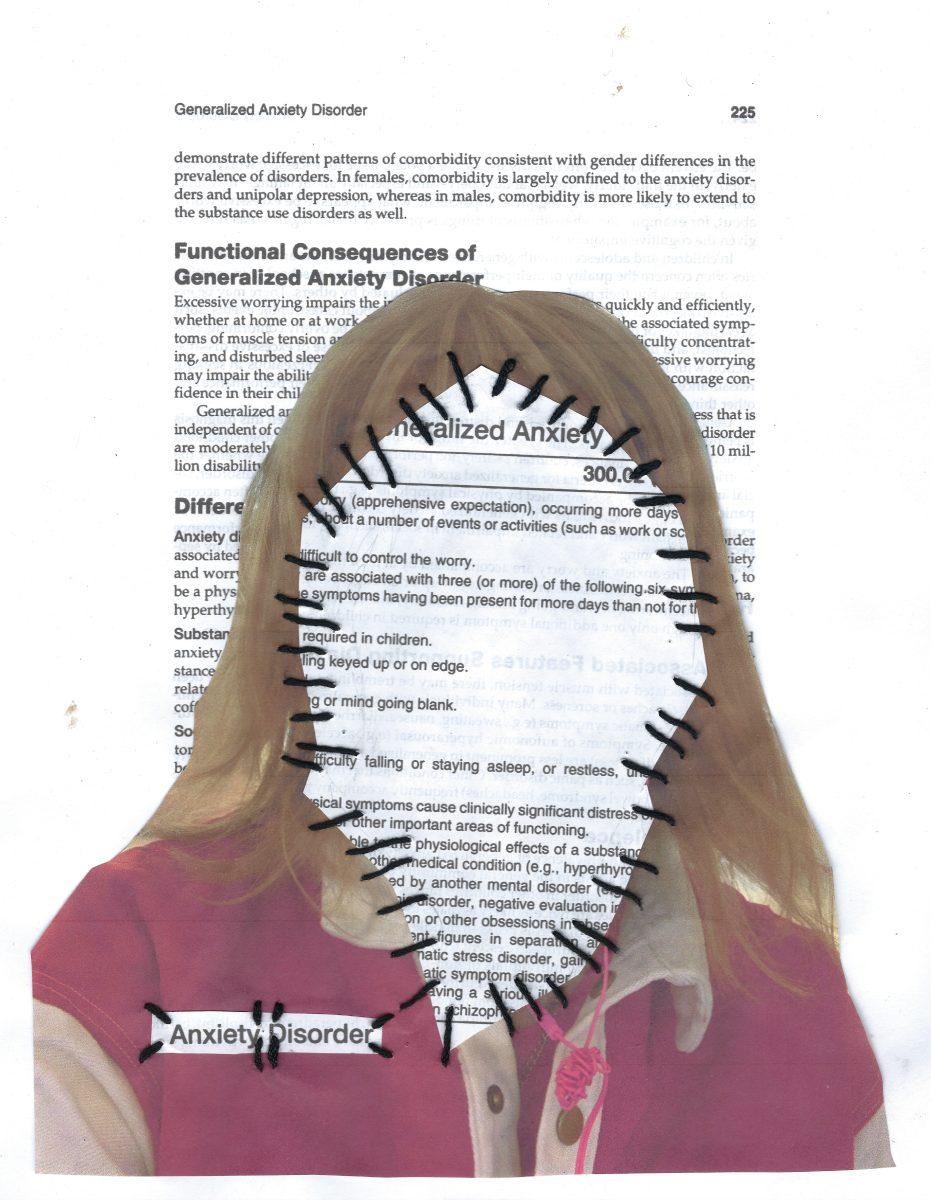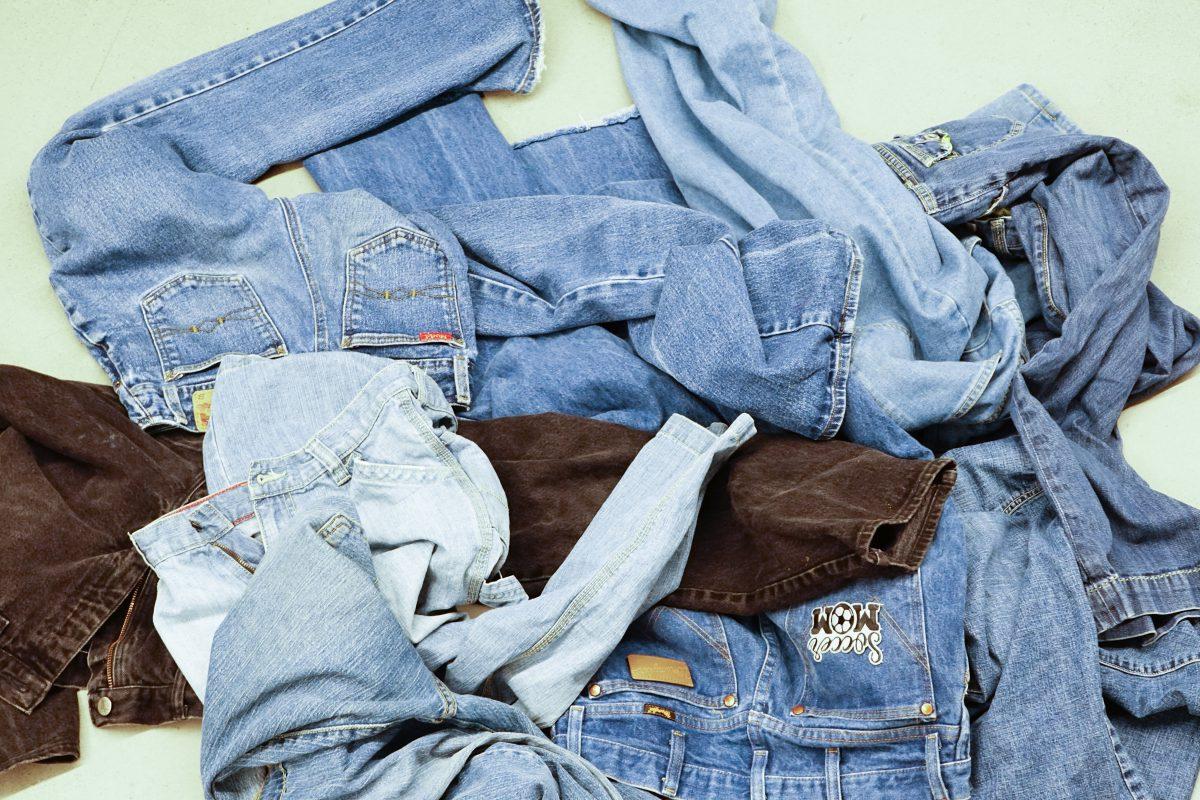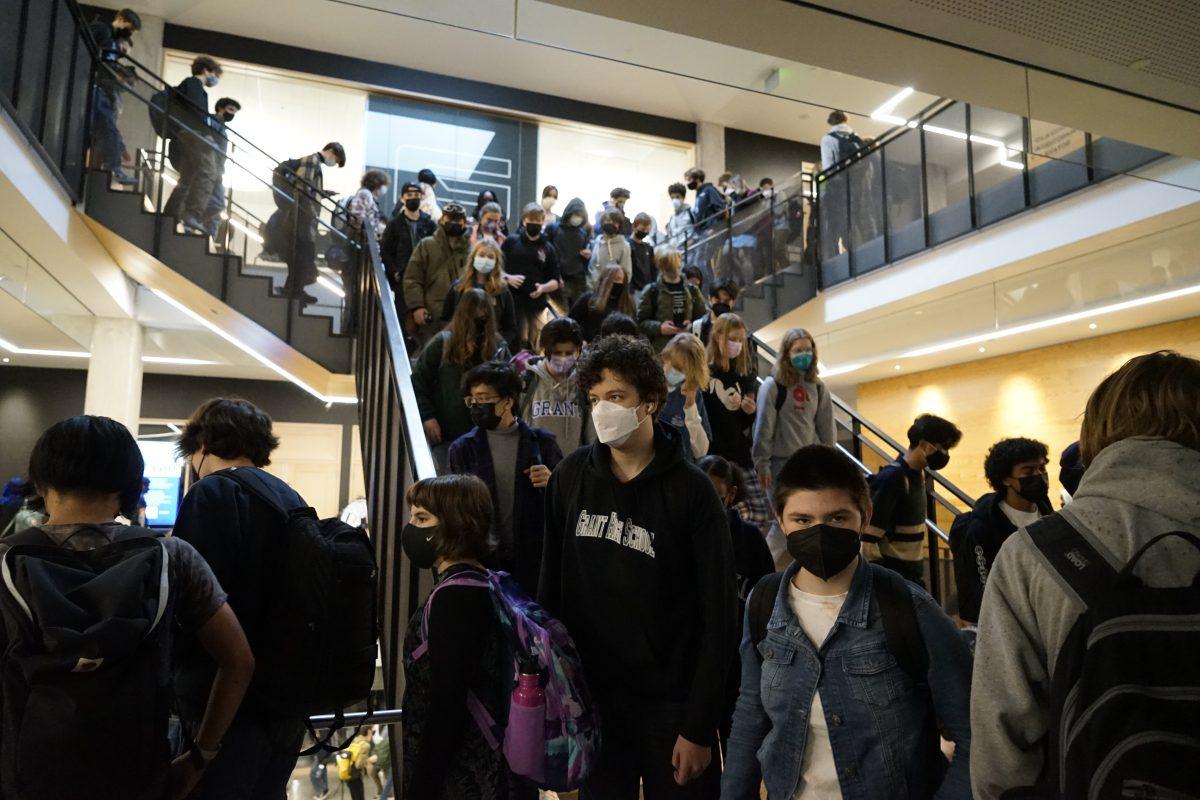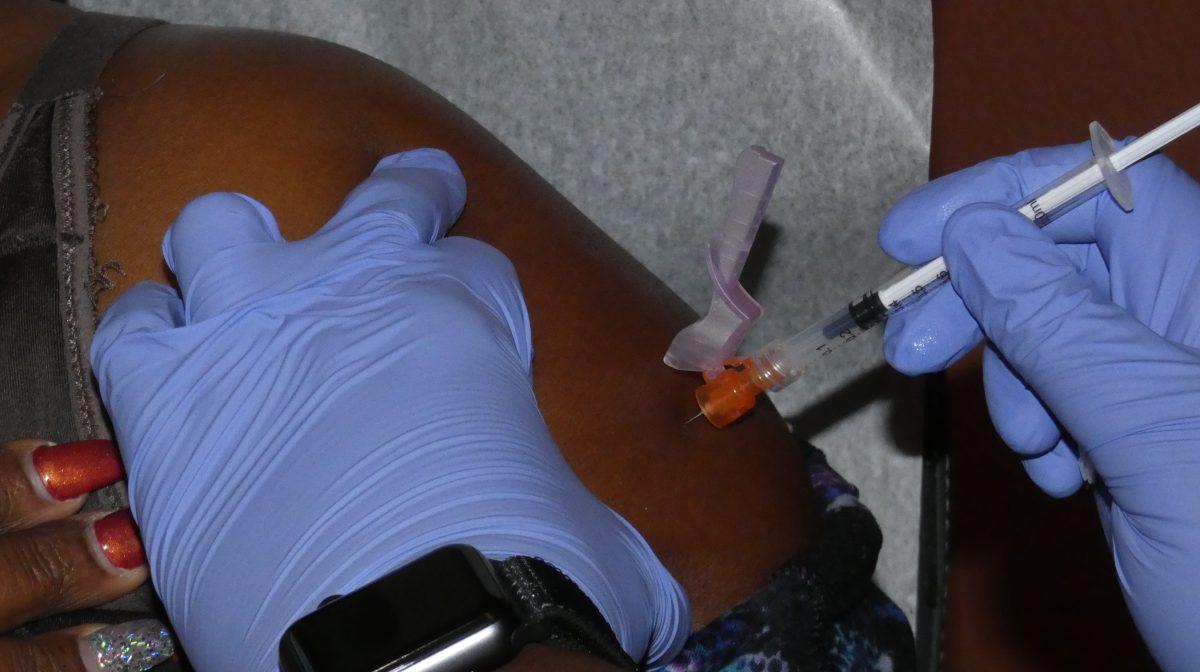United Nations figures show that it takes 8,000 gallons of water, equivalent to what a human would drink in seven years, to make one pair of jeans. When the jeans go out of style, they might join the 21 billion tons of textiles discarded in landfills every year. Fifteen percent of clothing does not make it out of the factory, according to the Environmental Audit Committee. With rising awareness of the negative effects of overconsumption, which is spurred by the ever-growing fast fashion industry, it is more important than ever to know where clothes are coming from and to promote sustainability.
Upon checking the label on their shirt, many teenagers will likely discover a tag that says “Made in China,” “Made in Bangladesh” or “Made in (another international location).” That, along with the brand name, tends to be the furthest investigation into where clothes come from, and who makes them.
Millions of people across the globe work in factories with damaging conditions, making clothing and apparel for consumers worldwide. Factory workers are often exposed to abusive treatment, gender-based violence, sexual harassment and unsafe environments. Fast fashion is a large contributor to the forced labor crisis, and many Grant students may participate in this culture. “Just always ask the question of where it’s coming from,” says Tom Thake, a Grant student and employee at Foot Traffic, a local running store. “The real question is how it’s made and how people are treated in that process.”
The fashion industry has grown and developed throughout history. In the 1700s, more efficient production methods began to gain popularity, one example being the cottage industry. For instance, the cottage industry housed workers in homes, allowing them to produce garments without traveling to a central location.
When urban areas began to grow, factories became the center of manufacturing, decreasing the utilization of cottage industries. However, their impact as a workspace paved the way for factories today. Following the industrial boom in the late 1700s and early 1800s, a number of new machines were invented, leading to the birth of the modern-day factory system.
Today, most fast fashion is created in sweatshops, a workplace (particularly in the fashion industry) where workers are employed under poor conditions and for low wages. While sweatshops are an efficient way to manufacture clothes, they come at the cost of worker safety and human rights. In many parts of the world, the majority of sweatshop workers are immigrant women and children. Throughout the 20th century, many women had to work in factories to make ends meet. They were disproportionately affected by incidents like the Triangle Shirtwaist Factory Fire.
In 1911, a fire broke out in the Triangle Shirtwaist Company Production line in New York, taking 146 lives, many of which were young women. The fire began with the disposal of a lit cigarette and quickly spread throughout the factory. Workers were trapped after the foreman who had the key left, and the doors were locked to keep out union organizers. This disregard for the lives of workers inside shows that they were thought of as second to profit, production and the safety of those in charge.
Three months after the fire, laws were passed regarding fire safety, sanitation and factory inspection. Over time, legislation has improved working conditions. One example is the 1998 International Labor Law, passed in response to growing concerns about the effect of global competition on workers.
This by no means ended the mistreatment of workers in sweatshops. In 2013, the Rana Plaza factory in Bangladesh collapsed due to structural failure, ending 1,134 lives.
According to The Garment Work Center, approximately 85 percent of garment workers do not earn minimum wage, which is $7.25 an hour in parts of the US, and as low as 44 cents in Cuba.
There are thousands of sweatshops internationally; millions of people work in factories where they are mistreated and often abused. The forced labor crisis in the Xinjiang Uyghur Autonomous Region (XUAR) is an example; in this region of China, Uyghurs and other marginalized ethnic groups are forced to work in what the government calls “re-education camps.” Many large companies such as Nike, Vans and Victoria’s Secret have been accused of relying on these factories. The Workers Rights Consortium has been focusing a great deal of their current work on the XUAR, saying, “The Chinese government’s abuses of Uyghur and other Turkic and Muslim-majority peoples … is embroiling leading apparel brands and retailers in a severe human rights crisis.”
Many women in the garment industry, especially women of color and those in factories, experience sexism from male supervisors and managers. It is not uncommon for factory managers to fire pregnant women to avoid costs associated with benefits that they are legally obligated to offer. An anonymous source from the Workers Rights Consortium says, “Many women face sexual harassment and abuse from managers and may risk being fired if they respond negatively or report the harassment … In most factories, since most workers are women, and most managers are men, the verbal abuse that all workers face becomes gendered, with managers shouting insults of a sexual nature at workers.”
The treatment of workers in factories is reflected in the garments that they produce. “I do notice the quality of the items that come in, and the quality of the workers’ treatment and working conditions, matches the quality of the items … When you’re not paying your workers a livable wage, you’re really just diminishing the value of the … garment,” says Hannah Dressa, an employee at Crossroads Trading Company, a used clothing store located on Hawthorne Boulevard.
The retail industry began to grow exponentially in the 19th and 20th centuries. Throughout history, trends have followed celebrities and media, notably giving credit to white celebrities, even when it was not due.
According to the Fashion Institute of Technology, patterns and designs became a form of expression in the late 20th century, blurring the lines between high fashion and streetwear. This can be credited to Daniel Day, also known as Dapper Dan. Day is a Black Harlem-based designer, who gained popularity in the 1980s for printing leather goods with logos such as Louis Vuitton, Gucci and Fendi. This was a whole new look, turning logos into more than just symbols. His influence shines clear to this day, from fashion shows to streetwear.
Through this experimentation, fashion became more accessible. With the rise of the internet, most people have had the opportunity to develop and share their own personal style. Fashion is a popular topic amongst teenagers, and people are finding ways to exercise this expression in ethical ways such as upcycling clothes to give them a second life. Despite this, sweatshops and child labor are still very present in the current fashion climate.
Many new technological innovations and social media platforms such as TikTok have have influenced youth fashion. This has led to a drastic incline of purchases at fast fashion companies such as Shein, Forever 21 and H&M. Media has always had an impact on fashion, but the rise of social media brought a new side to the industry. Because of the highly developed algorithms of apps like TikTok, fashion trends can gain popularity very quickly. This can be anything from a specific shirt to a character-inspired variety of outfits.
Similarly, because of the virality of trends, fast fashion brands work to capitalize off of them at a lightning speed. For many, clothes from Shein or other fast fashion brands can be a cheaper and more accessible way to participate in trends. Through fashion trends on social media, many small businesses have gained attention and customers due to this outreach. However, the attention has a downside. This is demonstrated by the Hockney dress, a calf-length, lime green dress that gained overnight popularity. The Hockney dress was designed by House of Sunny, an independent sustainable brand, but the dress was soon adopted without permission by fast fashion brands like Shein and AliExpress. This wasn’t the only instance of fast fashion brands capitalizing on a sustainable and smaller creative’s ideas, and it’s not only businesses that are being stolen from.
“(TikTok) makes small brands bigger, and makes big brands bigger and makes everything just more visible,” says Thake. While TikTok can give smaller and independent brands a platform, the fast fashion industry quickly works to profit off of them, tearing this progress down.
Many trends develop through thrift hauls or upcycling, the process of converting byproducts into new materials often in efforts to be more sustainable. Some teenagers share videos on TikTok showing easy ways to be sustainable and stylish. One example of this is to make baggy jeans fit better by folding the button through the belt loop. While this was a thrifty way to save money and lower consumption, brands like Urban Outfitters rushed to release a line of jeans copying the folded-over look, defeating the purpose.
The increase in online shopping at stores like Shein and AliExpress, along with the short lifespans of trends, has had a severe effect on the environment. Britt Howard, the founder of The Portland Garment Factory, a woman-owned, certified B Corp, sustainable factory in Portland, says, “I think the best way for youth to contribute would be to engage only with buying clothes in a way that’s sustainable, which would first and foremost be thrifting in addition to fixing the clothes that you already have, like patching them or upcycling them, using the stuff you already have and making it last longer.”
There are many alternatives to fast fashion and unethically sourced garments; but many people, youth, in particular, do not have the resources to shop locally, ethically and sustainably. Youth today stress that the blame is on the company, not solely the consumer. Despite this, there are many ways that young people can be proactive about ending forced labor around the world.
“Just being cognizant of where your money is going is really all that you can do,” says Dressa. “We have very little power in the grand scheme of things, but we do have a bit of responsibility.”
Looking forward, more factories are starting to prioritize and value the safety of workers over monetary gain. Howard went looking for change in the industry and found it. Her factory supplies workers with a safe and sanitary working environment to make sustainable garments. Howard says, “All businesses, and especially garment factories, should adopt a triple bottom line approach to business where people, planet and profit are equally considered. Sustainability and human rights are just as important as profit for an equitable and just future.” ♦

